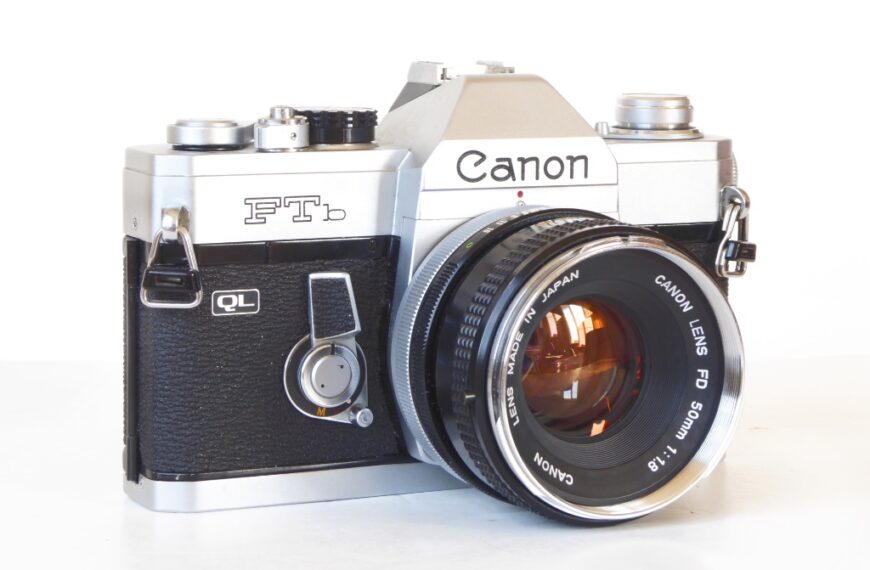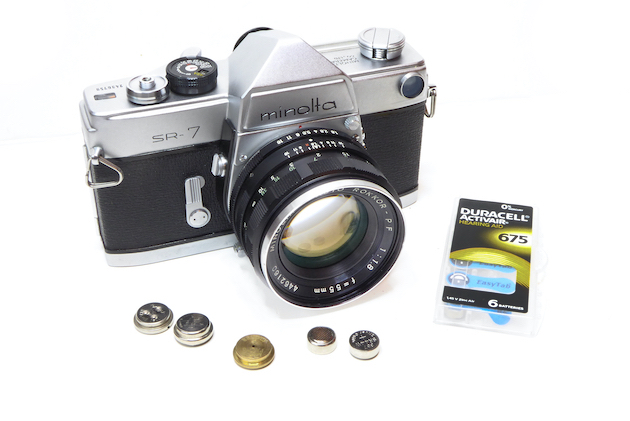
Last Updated on September 27, 2023 by admin
Tamron Adaptall Issues for Canon FD Mount
Back in the used to be Tamron saw a market opportunity. As the camera wars of the 1970s heated up keen photographers often had a dilemma. The true cost of photography is seldom the camera body – more usually it’s the cost of the lenses.
A keen amateur might own only a single body but would almost always invest in lenses. As the camera wars escalated users were offered an ever increasing array of features and many owners were seduced by the charms of a different camera body as new features became possible and available (and often de rigueur) and this created no small amount of fear in many users.
How to get good lenses and not have to change them if you ended up changing camera, it was a dilemma.
Back in the 1970s there were few fanboys for brands and users had little loyalty to much except their wallet. The average buyer in the 1970s was much less fickle and generally had an eye to resale value and longevity when buying – cameras were expensive so people wanted the best deal for their hard-earned cash and some kind of promise that it wouldn’t be obsolete by next week.
So, there you were in the 1970s with a wedge of cash burning a hole in your pocket and trying to choose a camera. Hmmm Pentax looks good, but then what happens if Minolta really do come through and provide a full program mode? What happens if you get some spare cash and want a Nikon next year? All those lenses you buy will be obsolete and you’ll maybe have to start from scratch. ‘Well sonny (or little lady – camera shops were a bastion of sexism back then)’ the camera shop might have told you ‘check these Tamrons out – fantastic performance, low cost and best of all, by using a removable adaptor it will fit anything so if you want to change cameras it’s a breeze – just buy some new adaptors which are a fraction of the cost of a lens’.
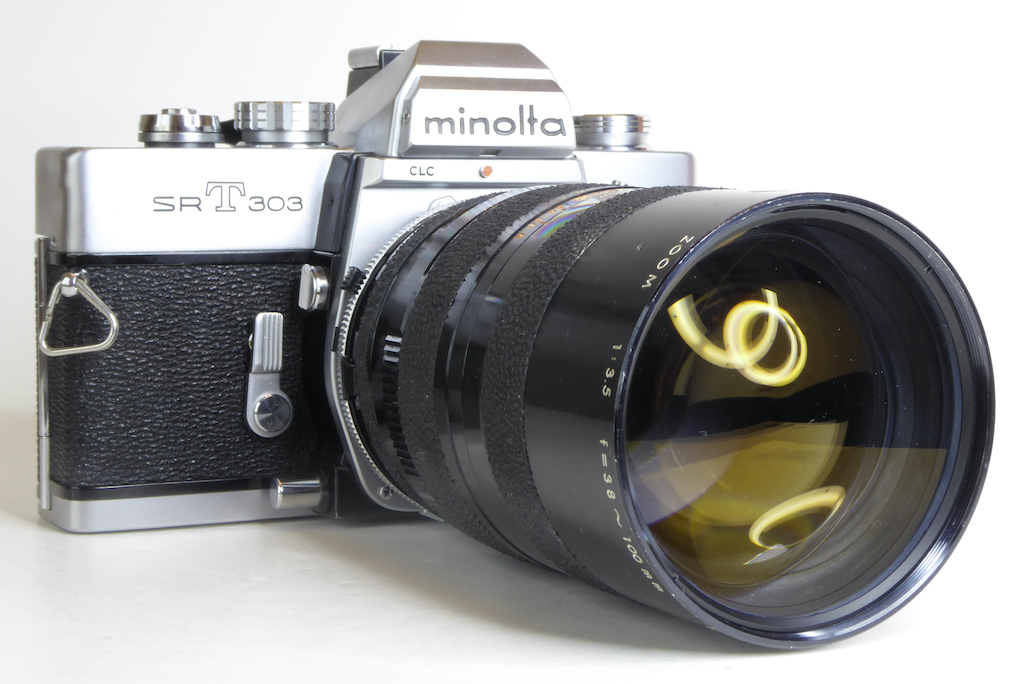
Good news for many buyers back then and in some ways good news for collectors today who may have multiple bodies from different makers, I happen to have Canon, Pentax, Olympus, Nikon, and Minolta bodies but cant afford to equip every camera body with a whole range of original glass. Besides the Tamrons perform very well.
The Tamron game played out quite well and they certainly sold no small amount of glass back then and, in some cases, their quality exceeded some of the big names. Some of these lenses have gone on to be near legendary. Even the humblest ones can perform amazingly well.
So what’s the headaches then? – it all sounds rather rosy so far. The headache was that Tamron constantly had to play catch up with some of the brands who, naturally enough, tended to keep their surprises under wraps. Their original adaptors were designed for the cameras that were, at the time, at the front of the pack but as the big boys of Minolta, Pentax, Nikon and Canon duked it out in a game of last man standing they added more features and that meant the early promise of Tamron was somewhat dulled. After all what’s the point in having a new camera if you cant take advantage of the features thanks to your lens because Tamron don’t come through on the promise. This is nowhere more apparent than with the Canon FL/FD lenses.
Because of the way Canon managed the cameras meter/lens interface it meant the adaptor had to be geared to the lens. So if you had a lens with a maximum aperture stop of f2.8 you needed a specific Canon adaptor for f2.8 lenses. Similarly for all lenses you owned you needed a specific adaptor that was matched to the lens maximum f stop.
This somewhat ruined the advantage of Tamron for Canon users as each lens needed a specific adaptor. I suspect that Canons sudden change of design from the FL to the FD to allow open aperture metering and Shutter Priority caught Tamron out. The AE-1 was quite a trailblazer in its day and Canon were, until the AE-1 something of an also-ran – Tamron probably had their hands full keeping up Nikon and Minolta.
Tamron did resolve this issue with a universal adaptor for Canon FD but it will only work on Adaptall 2 lenses. At the time it was better late than never and anyway by the time Canon AE-1 had traction and the sales numbers Tamron were already moving with their newer Adaptall 2 lenses most of which would have been sold with an Adaptall 2 Interface. The Japanese camera industry was nothing if not nimble back then – damn near acrobatic in fact.
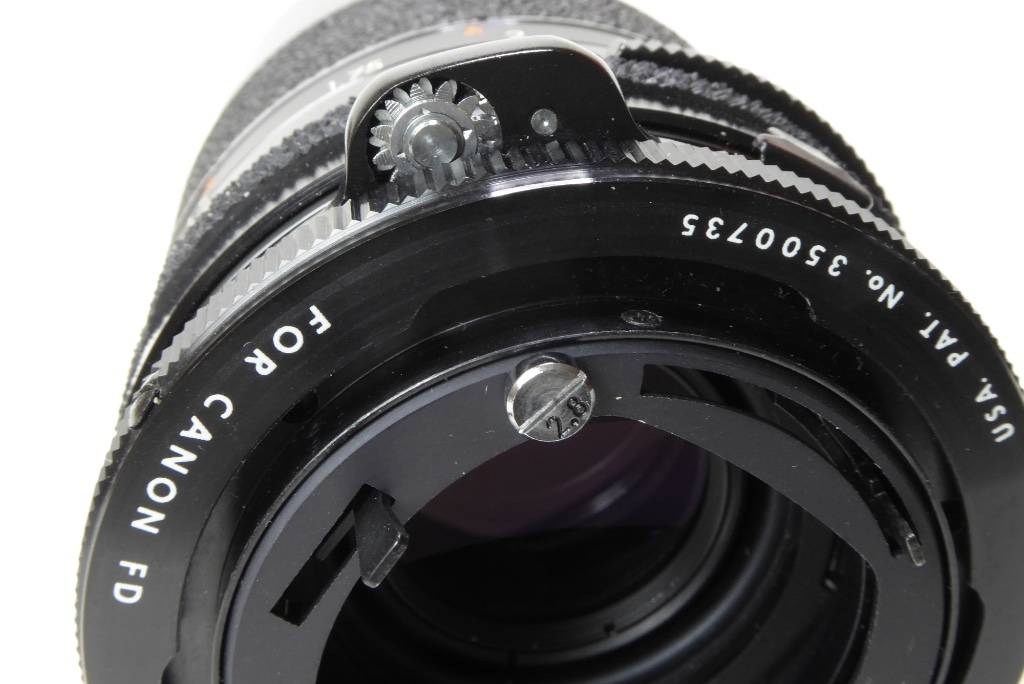
Many a pro and serious amateur had cause to swear at Canon back in the day as Canon changed lens mounts no fewer than three times obsoleting every previous lens and caused many a pro to curse the day they trusted Canon with the cash. But it shows you how good the Adaptall idea was (at least for non-Canon users) as it allowed people to relatively cheaply convert all their glass and back then there was a kind of paranoia to buying lenses ‘oh dear what if I buy a new expensive shiny lens and next week Olympus/Nikon/Pentax et al bring out something better and I have to swap’ of course Minolta eventually did just that and got AF working and promptly crucified everyone in a kind of Camerageddon that nobbled even the Tamron Adaptall folk. Canon retaliated of course with the EOS system which acted as a double whammy for the whole Adaptall idea. It just wasn’t possible to make an Adaptall suitable for an AF lens with all the work involved. The throat width and focal plane to flange distances for Minoltas ‘A’ mount and the Canon EOS mount being so different killed the whole Adaptall system.
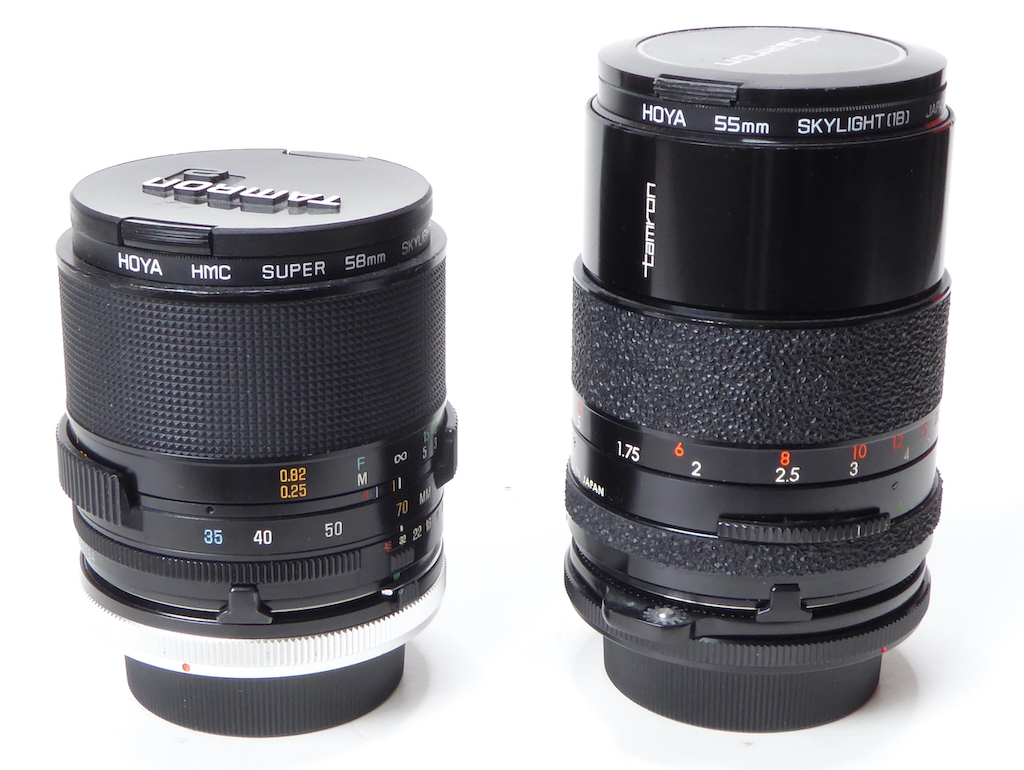
So here we are many years after the events. Here’s what you need to know – and trust me there is much bad information on this topic from the ‘still wet behind the ears’ gang on the web.
Before we start its worth mentioning that plenty of ‘experts’ on forums believe Adaptall 1 lens will work ok with an Adaptall 2 adaptor and for some lenses and mounts like Minolta and Pentax they will work fine. Nikon will depend on whether your camera and lens and Adaptor support AiS.
Adaptall 2 Adaptors may indeed be a better choice for Pentax and Minolta as Tamron added an aperture value ring so the camera could display the lens aperture setting through its viewfinder but this is of help to Canon users. Many Canons back then never had an aperture readout in the viewfinder.
Old school cameras had a kind of mini periscope arrangement that allowed the lens aperture markings to be seen through the viewfinder through a system usually known as a ‘Judas Window’ and this is what the later Adaptall 2s offered for Minolta and Pentax users assuming your Pentax or Minolta has this feature – the Pentax K1000 didn’t and neither do a lot of old school Minoltas like the SRT101 so there’s little to no value having the later version if you own a camera without an aperture readout in the viewfinder.
For Nikon it’s a whole different ball game – there is a profusion of Adaptall adaptors – some with AiS and some without, some of the later ones omitted the lobster claw/bunny ears on the top of the lens which were used by cameras like the Nikon F Photomic. For Nikon its almost moot as most Nikon users would never condescend to use non-Nikon glass (well not at least without feeling the need to justify that decision in at least a podcast and public apology to other Nikonistas) if however your struggling with this the key to it is does the adaptor support AiS. A non-AiS will not work on an AiS equipped camera and may damage the camera. If your a classic Nikon F user with a metered prism you need the bunny ears.
For Canon there is a whole different issue and getting the right mount for the lens is more critical especially in the Areas of Adaptall 1 lenses.
As already mentioned because of the way Canon managed the camera meter/lens interface it meant the adaptor has to be geared to the lens.
If you have an Adaptall 1 lens with a maximum aperture of f2.8 you have to have an Adaptall Mount 1 mount for f2.8. The Adaptor has a small stud on its rear that states the f stop value it supports. The reason being that the camera has a spring loaded aperture detection lever that relies on the position of a stud on the back of the lens to tell the camera what the lens maximum aperture is so it can calibrate the meter accordingly.
Tamron corrected this with the Adaptall 2 Series Canon FD/FL Adaptors which will suit any maximum aperture but these will often not work on an Adaptall 1 lens. The Tamron Adaptall 2 adaptor also features an aperture lock denoted by an ‘A’ on the lens at its minimum aperture which corresponds to a Canon FD lens which features an aperture lock marked by either an ‘A’ or an ‘O’. These lock the lens to minimum aperture for shutter priority shooting. The Adaptall 1 FD/FL Adaptors lack this feature but will operate perfectly well with shutter priority mode so long as you set the lens to minimum aperture.
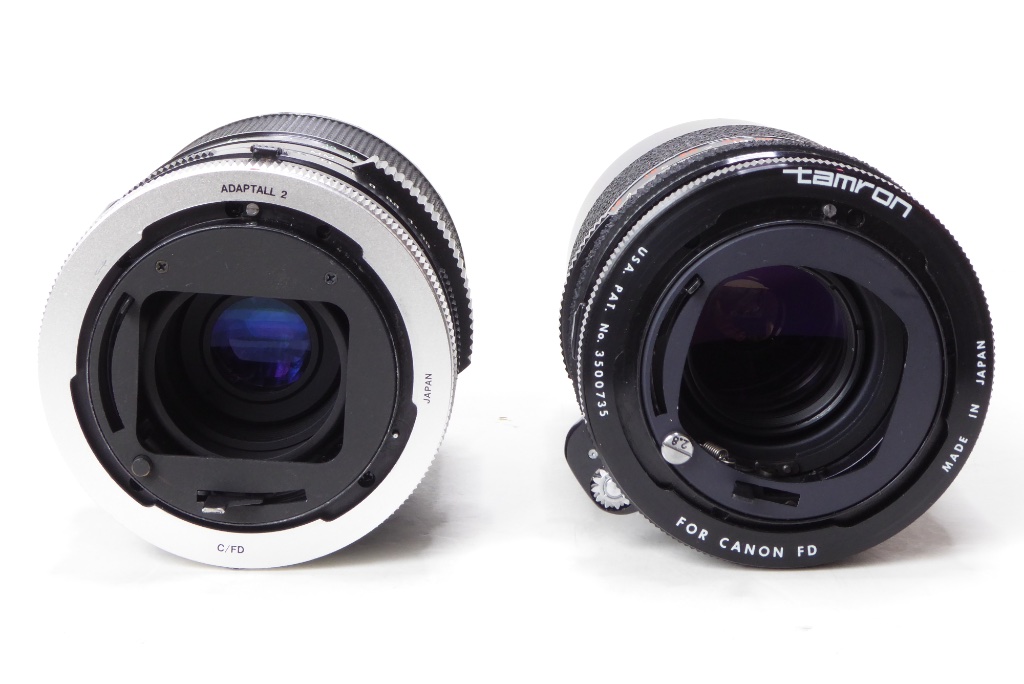
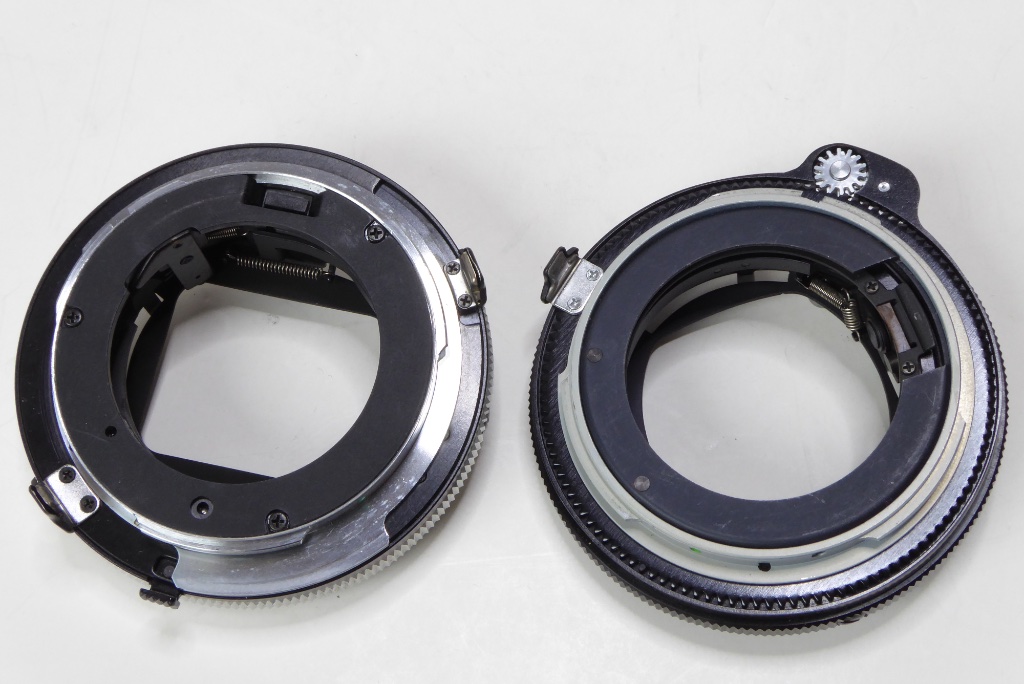
But there’s a bigger problem than the missing aperture lock for Adaptall 1 lenses. The aperture spring in an Adaptall 1 lens is much stronger than in the Adaptall 2 lens and this is aggravated by the fact that Adaptall 2 adaptors have a relief spring that’s relatively weak which will fail to fully stop down an Adaptall 1 lens. The relief spring is there to prevent the cameras stop down lever putting too much force on the lens stop down actuator and is related to the way the Adaptall 2 Adaptor mechanism is geared for any lens regardless of its maximum f stop.
In Adaptall 1s Tamron solved the shock problem by having a very powerful spring in the lens actuator inside the lens itself to soften the impact. On Adaptall 2s they went for a softer spring probably to cope with shutter priority cameras like the AE-1 and the emergent cameras like the Minolta XD-7 which required a very fast reaction from the lens aperture and so a smoother, faster operating mechanism.To take the heat off the lens mechanism the adaptor has a relief spring which stops the camera mechanism from applying too much force or pushing too far. The problem is when you have a strong lens aperture spring, like the Adaptall 1 lenses were fitted with and pair it with a weak relief spring, like the Adaptall 2 Adaptors you’re going to get trouble !!!!
In a nutshell when an Adaptall 1 lenses is mounted to an Adaptall 2 Adaptor for Canon FD/FL fitting the lens will not react appropriately. When you set f16 the lens will probably only stop down to about f8 when you take the picture. The weak relief spring in the Adaptall 2 mount will release before the lens reaches its selected aperture stop down of f16 – the point where the lens spring is pushed to its highest resistance.
You can test this (and I have) with an Adaptall 1 lens mounted to an Adaptall 2 Adaptor. Turn the lens to manual and stop it down to f16. Make a note of how large the aperture is. Now put it on the camera with the camera shutter set to ‘B’ , lens set to Auto and f16 and press the shutter and note the size of the aperture – its very often something close to f16 – like f11 but it will be out by a good margin, sometimes by a very large margin. That’s the weak relief spring in the adaptor. Put an Adaptall 1 Adaptor on and it will work perfectly. I have tested this on a large range of Canon FD/FL Adaptall 2s and a large range of Tamron Adaptall 1 lenses. None has ever worked 100% though the lenses operate perfectly when paired with the correct Adaptall 1 adaptor.
It may have been possible for an Adaptall 1 lens to work with an Adaptall 2 back when they were made and everything was operating as new and within factory tolerances back in 1970s things may well have been different and life may have been sweeter and easier. I can tell you that this is not true today from hard won experience of these lenses.
Of course there will be exceptions but I would always advise people not to base their photographic endeavours on exceptions unless your mission is over exposed junk photographs. If you like a haphazard approach to photography a pin-hole camera will suit you rather well if on the other hand you simply want your Canon camera to work reliably with an Adaptall 1 lens then you have to bite the bullet and get the right adaptor.
Further Reading
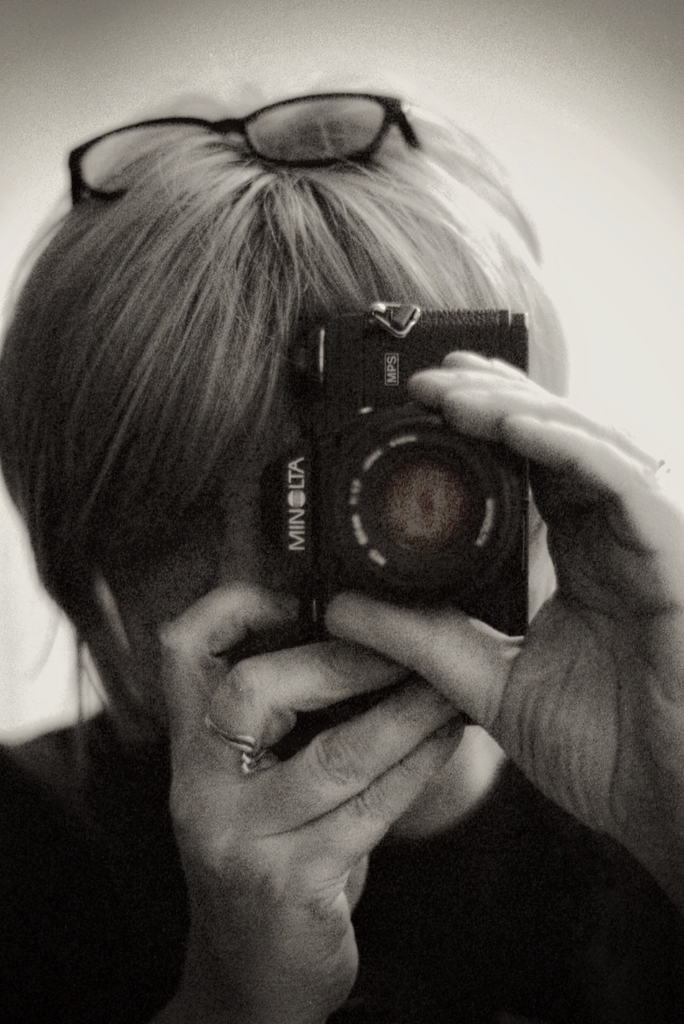
Mel is one of the driving forces behind High 5 Cameras and writes all our articles.
Starting serious photography back in 1972. Over the years she got to shoot film with most of the major brands in 35mm and large format as both a studio photographer and content provider for websites in the early life of the web. These days she is rediscovering photography and has become the GOTO person for knowledge on camera repair advice.


